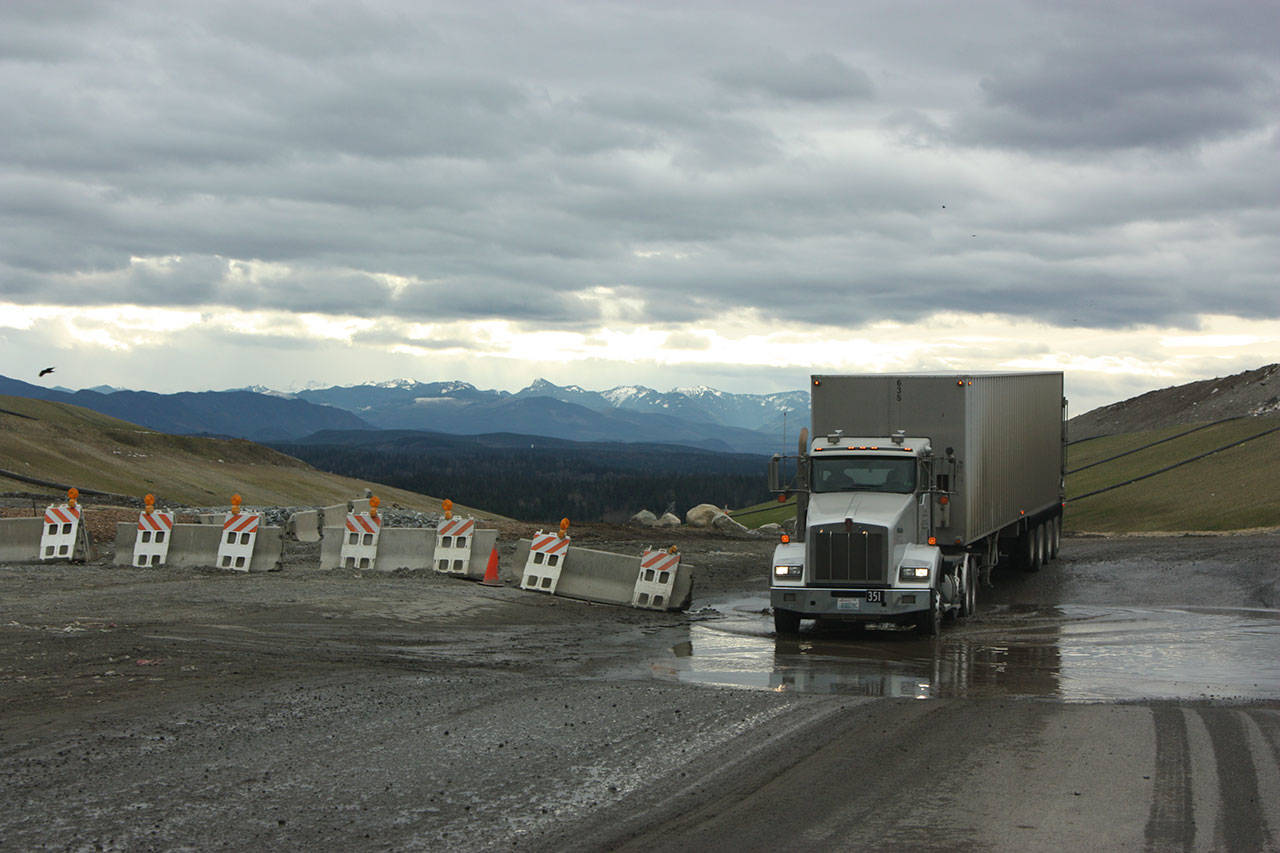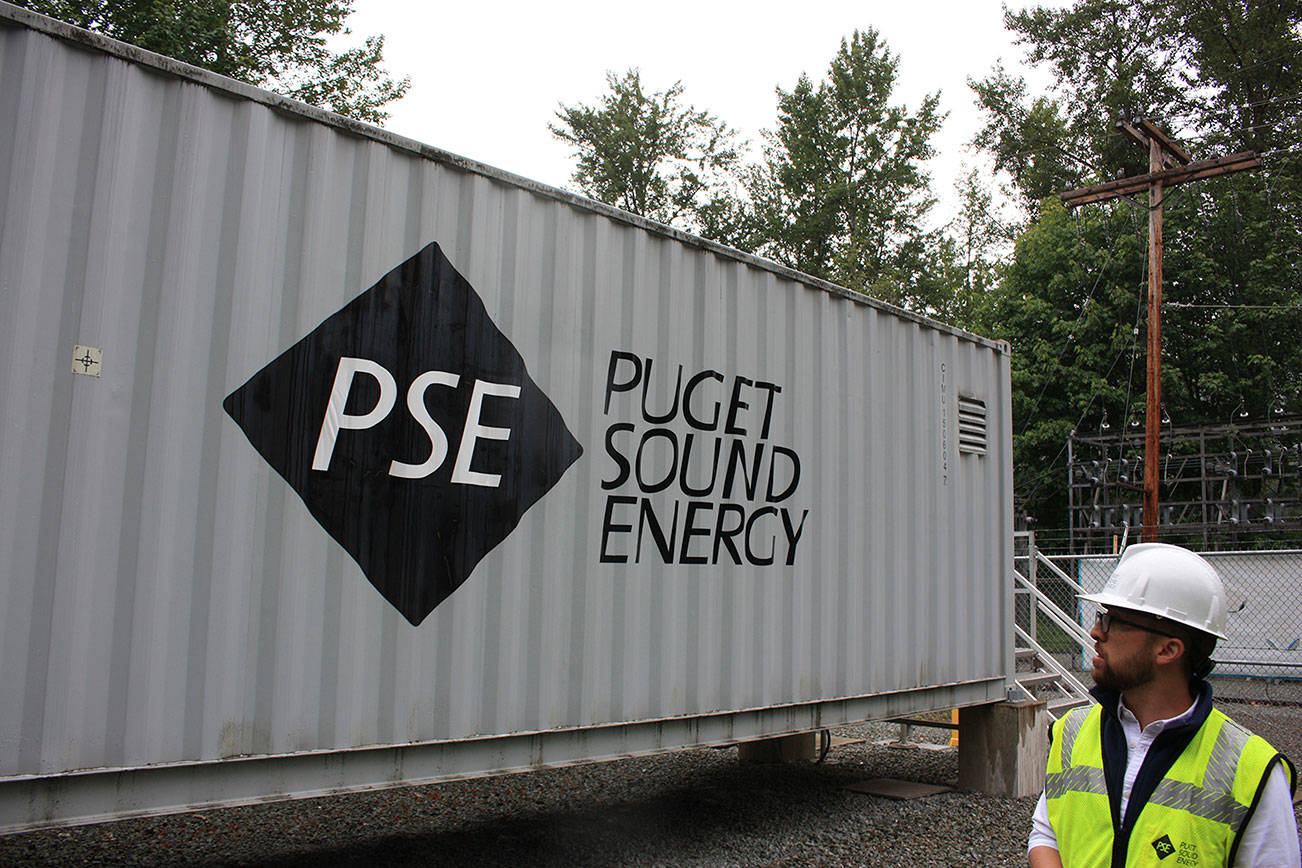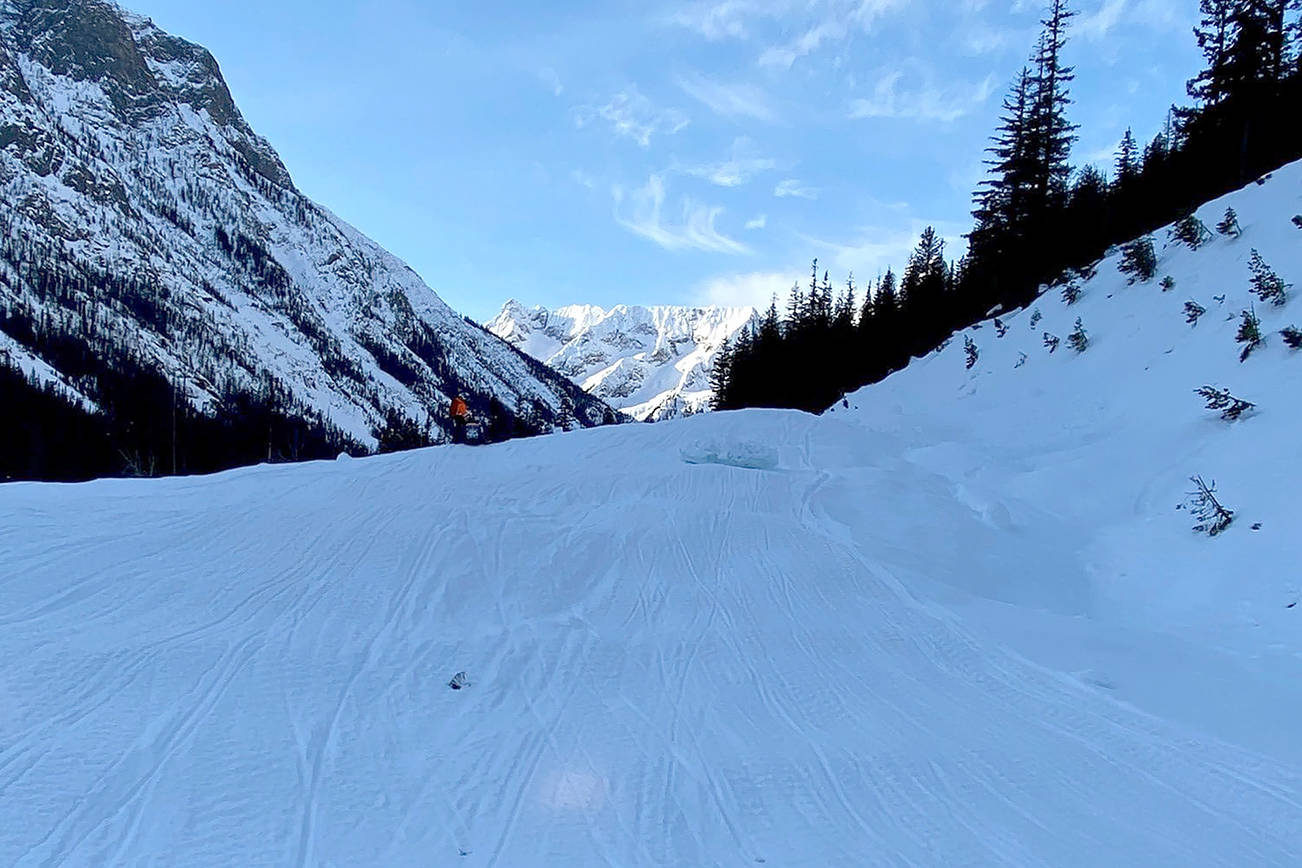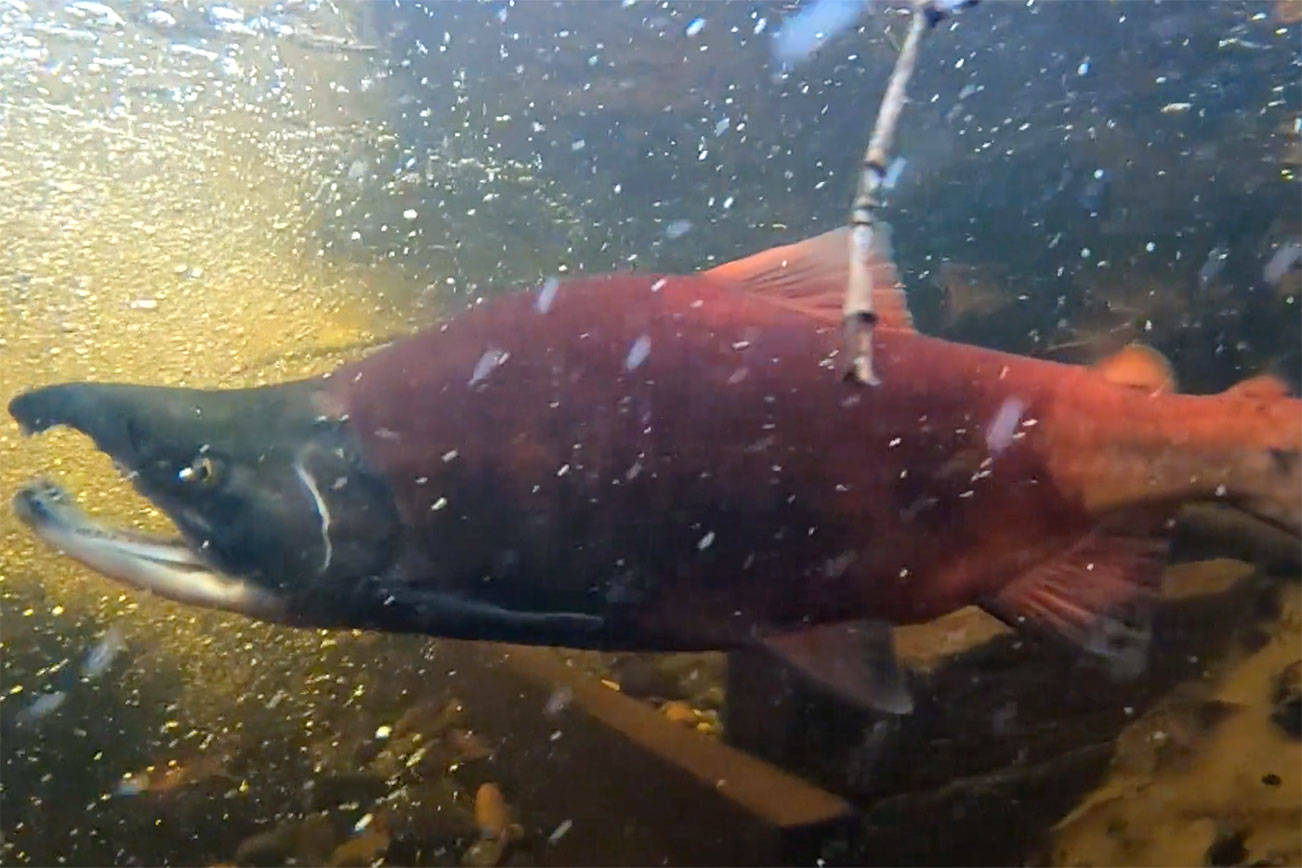An environmental study has been released detailing several ways King County could handle its trash in coming years and lays out options ranging from a waste-to-energy power plant to expanding the current landfill.
The environmental impact statement (EIS) will provide the first major update to the county Solid Waste Division’s management plan since 2001, and deals with a range of issues including recycling levels and whether the county should build a waste-to-energy (WTE) plant. The King County Council is scheduled to select its preferred alternatives early next year — decisions that will have widespread and prominent effects.
The most critical decision will be how the county deals with trash. King County has one remaining landfill located near Maple Valley. The Cedar Hills Regional Landfill is currently building its eighth and final cell, which will be filled until it reaches a maximum height of 800 feet above sea level in 2028. Once that happens, the EIS lays out five alternatives. The first would be to emulate what the city of Seattle does in its contract with Waste Management, where all solid waste is packed onto train cars and shipped to another landfill, likely in eastern Washington, Oregon or Idaho.
This option assumes the landfill will hit capacity as expected and the county would then contract with BNSF or Union Pacific to handle the 1.3 million tons of waste it generates annually. This would account for around 2 percent of all freight traffic in the state and run around $5 million to $7 million in capital costs. However, a 2014 study from the Washington State Department of Transportation shows some parts of the rail system could be over capacity. While trash from King County would account for around 2 percent of all freight, King County Councilmember Kathy Lambert has said in previous stories that she is worried hauling trash will be low on the list of priorities for railroads.
The second option would further develop the Cedar Hills landfill and begin shipping waste to another landfill when it reaches its new limit. The landfill height could potentially be increased to 830 feet in some places, extending its life until 2040. This would cost the county between $240 million to $270 million in capital expenses.
A third option, and one which Lambert has been advocating for, is to build a waste-to-energy power plant and use the landfill to deposit residual solid waste and ash. This leftover waste could also be shipped by rail to other landfills. The EIS finally puts some figures on this option, saying it would create around 2,000 metric tons of carbon dioxide (CO2) annually over a 50-year lifespan, slightly less than .01 percent of the total current greenhouse gas emissions in King County.
The final two options involve using aerobic or anaerobic digestion processes to create methane, which can be siphoned off and refined by Bio Energy Washington, which already has a facility at the landfill. The difference between the final two options is whether processing would be done off-site by a private company or at the county’s landfill.
Using digestive technologies would also create new greenhouse gas emissions, but the facilities could reduce emissions more than landfilling the same material by keeping it at landfill instead of moving it, according to the study. The EIS said both the digestive and power plant options would likely decrease greenhouse gas emissions, but the aerobic and anaerobic methods are thought to lead to lower emissions than a power plant.
The cost between the final three options will inevitably factor into the county council’s decision. The digestive options cost between $34 million and $190 million, depending on which variation the county could pick. Building a new WTE plant will cost between $1.1 billion and $1.4 billion to construct.
Improvements to several transfer stations are also being considered. The county could close the Algona and Renton transfer stations when replacement capacity is made available. The Houghton transfer station in Kirkland would remain, and a new South King County transfer station could be created.
The Algona, Houghton and Renton transfer stations were all built before existing zoning laws were implemented. These stations are in areas where they are not permitted and require a special land use permit before any major improvements are made. The county has proposed citing the new South King County station at 35101 West Valley Highway South next to the existing Algona station, which it would replace. Construction is planned to begin in 2020 and last around two years.
The county also has the option of maintaining and improving existing transfer stations — without closing older stations — and not develop new facilities. It could also keep existing stations and develop new capacity, or create new resource recovery centers at existing and new recycling and transfer stations.
Recycling was also explored in the EIS. The county and its partner cities recycle at a rate of around 52 percent, which hasn’t changed much since 2007. The county is hoping to increase its recycling rate to 70 percent. The report lists three alternatives of varying levels of education and regulation to get there. The most restrictive would increase education and recycling incentives and increased collection standards. It would additionally put a ban on throwing recyclables, yard and food waste in the garbage.









